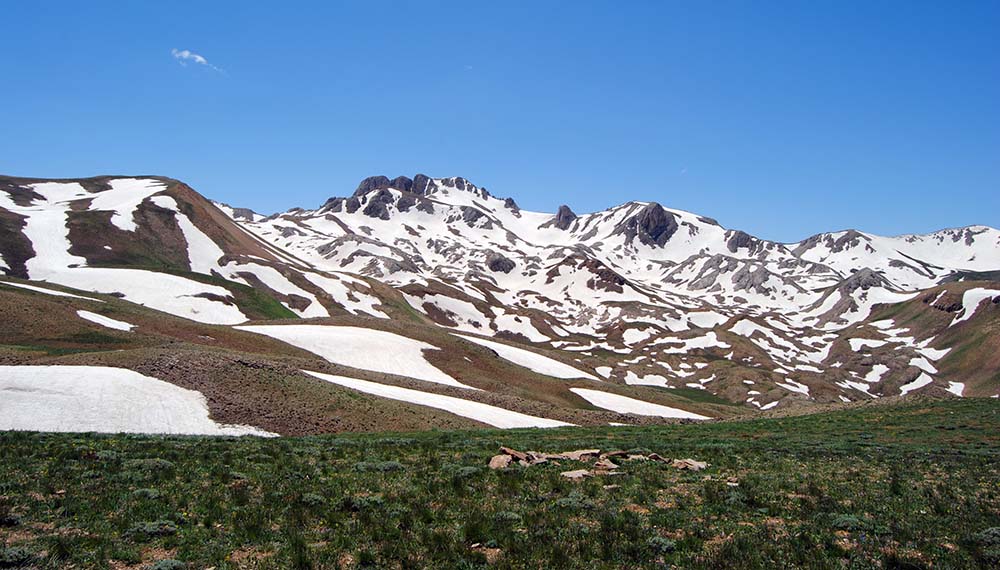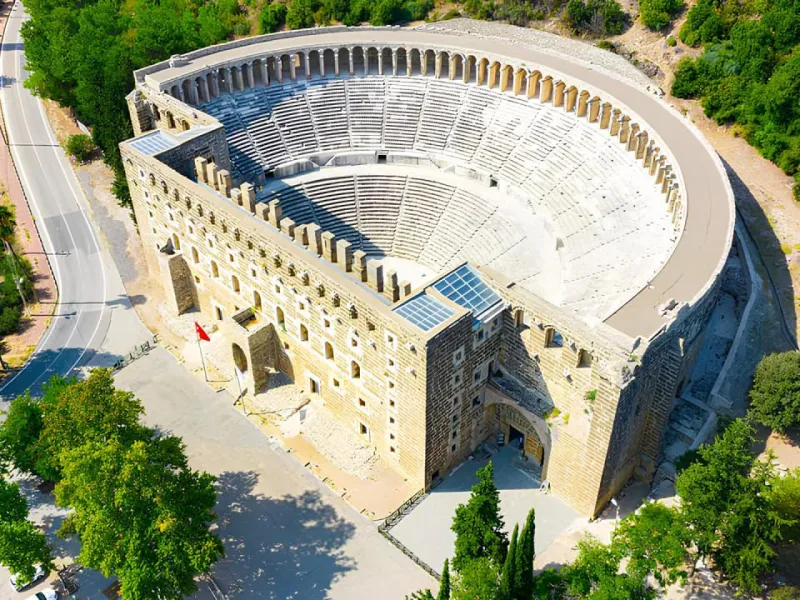Located at the west of Eastern Anatolia Region, Tunceli has a long-rooted history. The first settlers of the Turkish migrants from Central Asia, settled in the city. During its history, the Hittites, Hurris, Babylonians, and Assyrians took over and dominated the area in sequence. In Turkey, it was established as a province under the name of Tunceli in 1946.
Tunceli is located within Fırat Basin and looks like it is surrounded by natural borders. The Eastern Toros Mountains cover almost every part of the city. There are quite few lowlands in Tunceli. The province also offers mountainous areas and plateaus. The climate shows hot characteristics during summer and gets very cold during winter.

The Hittites, Hurris, Babylonians, and Assyrians took over and dominated the area in sequence.
The, main mountains of the city are Munzur Mountain, Eastern Toros Mountains, and Akbaba Hill. Rivers of Tunceli are Karasu, Murat, Pülümür Stream, Tahar Stream, and Munzur Stream. There are not any natural lakes in this city. Keban Dam Lake is an artificial lake with a large water surface. The province is rich in mountainous areas and wild animal hunting is quite prevalent, where partridge and wild goats are hunted the most. Munzur Stream is one of the most beautiful places in the city where trout of all types are found. This fish is peculiar to this area and marked as a rare type.
Rugs woven by skillful local women are one of the souvenirs which can be bought from Tunceli. In this city, rugs are called “cicim” and bags are called “heybe“.
Cuisine
If you visit Tunceli, you should get familiar with local dishes; among them are sirepati, keşkek, kavut, patila, zerefet, mushroom dish, pilaff with wheat, gulik soup, mulberry dessert, ashoura, and sugar beet dish.

Keşkek
Places to Visit
Tunceli has hosted many civilizations through the history and this Eastern city is worth seeing with historical places and a national park. Places that can be visited in this under populated city are:
- Til Huyuk: You can practically smell history in this area, but to date, no excavation has been done here.
- Mazgirt Castle: The history of this castle dates back to Urartians.
- Baysungur Mosque: It has a magnificent structure and is definitely a must-see.
- Bağın Castle: This castle dates back to before the Christian era.
- Mahsume Hatun Tomb: As there is no tablet here, it is not known by whom it was built or when it was built.
- Munzur Valley National Park: It is one of the wonderful natural beauties of Eastern Anatolia. It was turned into a national park in 1971.

Munzur Valley under snow, Tunceli.
How to Get There
The only means of transportation to Tunceli is highway. However, highways and railways that link Erzincan to Erzurum (which is close to Tunceli) can also be used at this point.



